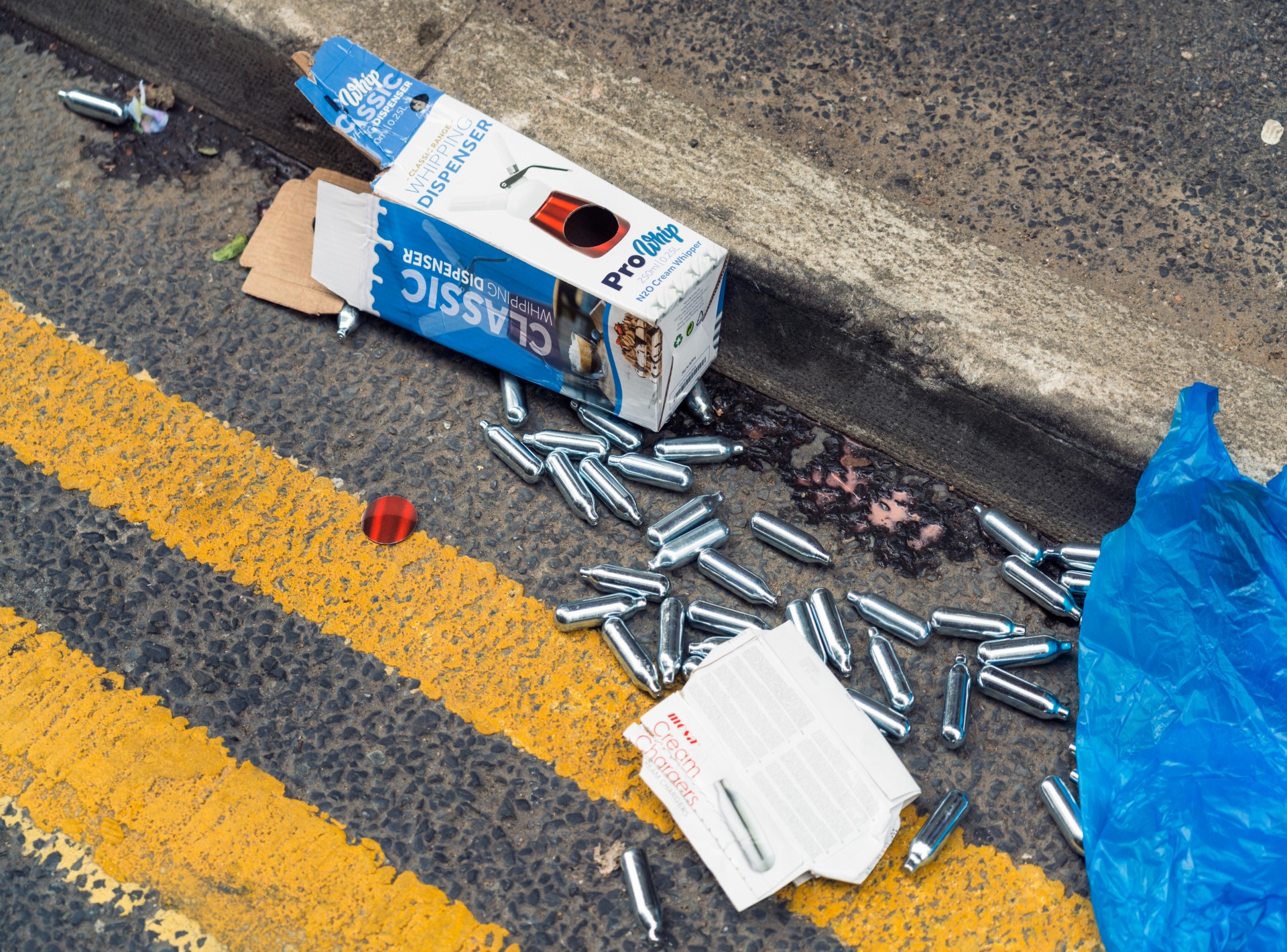WA Premier Mark McGowan has thrown his support behind a proposed ban on ‘nangs’, the nitrous oxide cannisters being inhaled by young people across Australia.
WA Premier Mark McGowan has thrown his support behind a proposed ban on ‘nangs,’ the nitrous oxide cannisters being inhaled by young people across Australia.
Even though nangs were reclassified as a Schedule 6 poison in October 2022 and are now labelled with specific warnings, the cannisters are still currently available for purchase by anyone over the age of 16 in WA.
The proposed ban gained traction after the story of 19-year-old Ms Molly Day emerged in local news, a Perth teenager who was left unable to walk as the result of inhaling large quantities of nitrous oxide over 18 months, after she first tried the gas at a school leavers’ party.
“If this is how they’re being used by young people … to me it makes a bit of sense not to have these things at all,” Premier McGowan said.
“That might mean that you can’t have cream that you spray out of canisters or those sorts of things. But it does make a bit of sense.”
Nangs, also referred to as whippets, hippy crack, NOS and nitro2, are small, silver bulbs usually sold in boxes of 10 by numerous tobacconists, convenience stores and supermarkets – as well as online – but the gas is also available in larger, 1.3L and 3L cannisters.
Medically, nitrous oxide is a Schedule 4 product for anaesthesia, sedation, and pain management, but it is also used as a food additive, a propellant for whipped cream, and to create sparkling drinks and desserts.
It is also the same gas used in car racing to boost performance, though a small amount of sulphur dioxide is added to discourage inhalation.
The food grade bulbs can be found littering street corners and alleyways all over the CBD and the issue was such a concern that the WA Department of Health commissioned a report last year, The Supply of Nitrous Oxide Consultation Regulatory Impact Statement (published September 2022), which found that 45% of West Australians sampled reported recent use of nitrous oxide in 2021, with 62% reporting recent use in 2020.
There were 22 presentations to WA hospitals related to the use of nitrous oxide in 2020, with six patients exhibiting both “severe” degeneration of the spinal cord and “severe” neurological symptoms.
“These patients reported heavy and chronic nitrous oxide exposure, with a mean number of bulbs used per day of 150 (range 50 to 300 per day) and a duration of use between 3 months and ‘many years’,” the report noted.
“These patients required lengthy hospital admissions – from 3 to 32 days in acute care – followed by an average of 40 days at a rehabilitation centre, with some patients reporting ongoing functional disability at follow up, including difficulty walking, poor balance and nerve pain.”
The Impact Statement highlighted that while use of nitrous oxide as a recreational drug had increased worldwide, Australian data showed a significant rise in the use of nitrous oxide as a recreational drug over the last five years.
“These changing use patterns have been accompanied by increasing reports of serious and prolonged adverse effects,” it said.
“The amount of nitrous oxide used per session has increased and people are using this drug more often… [and] there has been a concurrent increase in the number of businesses offering online ordering of nitrous oxide bulbs or cylinders with fast delivery (sometimes within 15 minutes) at any time of the day or night.
“Nitrous oxide was more commonly used by younger adults, with those in the 18-to-19-year age group five times as likely to report recent use than those over 25 years of age, and those in the 20-to-24-year age group nearly three times as likely to report recent use than older adults.”
The Impact Statement also observed that while there was always some risk associated with recreational drug use, people who used nitrous oxide occasionally in low doses did not usually experience “significant harm.”
“However, deaths can occur due mainly to hypoxia and accidents or injuries while under the influence of the gas,” it said.
“Patients have been diagnosed with a range of neurological complaints including: myeloneuropathy, peripheral neuropathy, polyneuropathy, myelopathy, and subacute degeneration of the spinal cord – which occurs due to the irreversible inactivation of vitamin B12 by nitrous oxide.
“There have also been reports of severe frostbite to the nose, lips and throat (including the vocal cords) and ruptures in lung tissue where people who recreationally use have inhaled nitrous oxide directly from a bulb or cylinder.”


